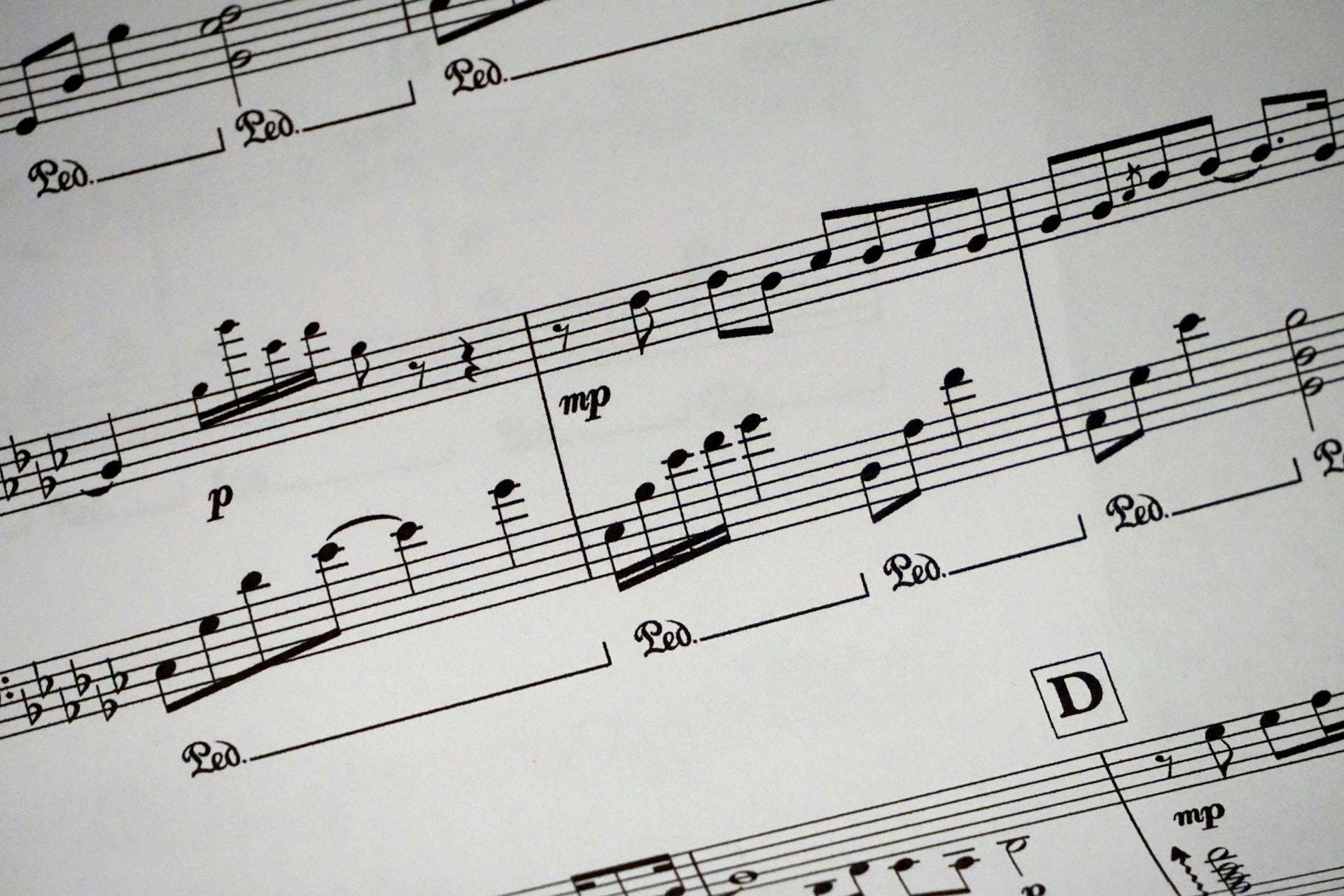Master rights and publishing rights are two of the most important concepts in music—yet they are often confused with one another. They govern different parts of a song, generate different royalties, and are owned by different parties. For artists, labels, publishers, and managers, understanding both is essential to protecting rights and revenue.
What Are Master Rights?
Master rights — also known as sound recording rights — refer to the ownership of a specific recorded version of a song. These rights cover the actual audio file that listeners hear on platforms like Spotify or YouTube, not the underlying composition (lyrics and melody). The master rights holder controls how that recording is used and monetized.
They typically belong to whoever financed and released the recording. For signed artists, this is often the record label. For independent artists, it could be the artist themselves or their distributor.
Master rights generate royalties from several sources:
- Digital performance royalties – When the recording is streamed on platforms like Spotify, Apple Music, or YouTube, the master rights holder earns a share of the revenue generated by those streams.
- Sales and reproduction fees – When the recording is downloaded or physically reproduced (e.g., on CDs or vinyl), the master rights holder is paid for each copy made.
- Sync licensing fees – When a recording is used in visual media (TV, film, ads, video games), a fee is paid for the use of that specific recording.
- Neighboring rights royalties – In many countries, royalties are collected when the recording is broadcast on radio or played in public spaces like clubs or retail stores. These are sometimes shared between the master rights holder and featured performers, depending on local laws.
Even if a song has the same lyrics and melody, each recorded version (remix, live version, cover) has its own master — and its own potential to generate income.
What Are Publishing Rights?
Publishing rights — also known as composition rights — refer to the ownership of a song’s underlying musical work: its melody, lyrics, and structure. These rights apply to the song itself, not any specific recording. That means a single song can generate publishing royalties across multiple recordings, covers, or performances.
They are typically owned by the songwriter(s) and may be partially or entirely assigned to a music publisher. The publisher helps manage and monetize the composition by collecting royalties, pitching for sync placements, and handling licensing.
Publishing rights generate royalties from several sources:
- Performance royalties – When a song is publicly played or broadcast (on radio, TV, in venues, or via streaming), royalties are paid to the songwriter and publisher. These are collected by Performing Rights Organizations (PROs) like ASCAP, BMI, or SACEM.
- Mechanical royalties – Earned when a song is reproduced or downloaded (on CDs, vinyl, or digital platforms). These are paid per copy and typically collected by Mechanical Rights Organizations or publishers.
- Sync licensing fees – When the composition is licensed for use in visual media (TV, ads, games), a sync fee is paid to the publisher and songwriter. Note: This is separate from the sync fee for the master recording.
Even if a song hasn’t been recorded yet, it still has publishing rights — as long as it’s an original work. And when it is recorded, both the master and publishing rights generate separate royalty streams.
Master vs. Publishing Rights: Key Differences
Master and publishing rights are often confused because both generate royalties—but they operate on different sides of the same song.
- Master rights belong to whoever financed or controls the recording—often a label or an independent artist. They govern income from streaming, sync fees, and neighboring rights in some markets.
- Publishing rights belong to the songwriters and possibly their publisher. They govern performance royalties (from live shows, radio, and streaming), mechanical royalties (from downloads or streams), and licensing of the composition.
These rights are independent of each other. An artist may own both or just one. For example, a cover version earns master royalties for the new recording, while publishing royalties still go to the original songwriter.
In short, publishing rights benefit the song’s creators through performance and mechanical royalties; master rights benefit those who own the recording via streaming, sync, and neighboring rights.
Why It Matters: Royalties, Control & Deals
Understanding the difference between master and publishing rights is key to ensuring fair compensation and control over a song’s usage. Each right involves different royalty streams, collection systems, and legal protections—making them essential to navigate for artists, managers, and rights holders.
Confusing the two can lead to giving up valuable income. For example, many artists unknowingly sign away their master rights in record deals, losing out on the majority of streaming revenue.
Even independent artists must actively monitor both sets of rights to avoid missed royalties—especially as their music spreads across TikTok, streaming platforms, playlists, or gets synced in content worldwide.
If you're releasing music today, you need to know where and how your songs are being used. Tools like Soundcharts help track real-time radio spins, streaming performance, and global exposure—so you never miss out on royalties or opportunities to grow.
Final Thoughts
Master rights and publishing rights unlock different income streams—and they often belong to other people, depending on how the song was written, recorded, and released. Understanding both is crucial if you want complete control over your music’s future.
Whether you’re an artist navigating a label deal, a publisher managing catalogs, or a manager tracking royalties, know who owns which rights and how each affects music monetization.



